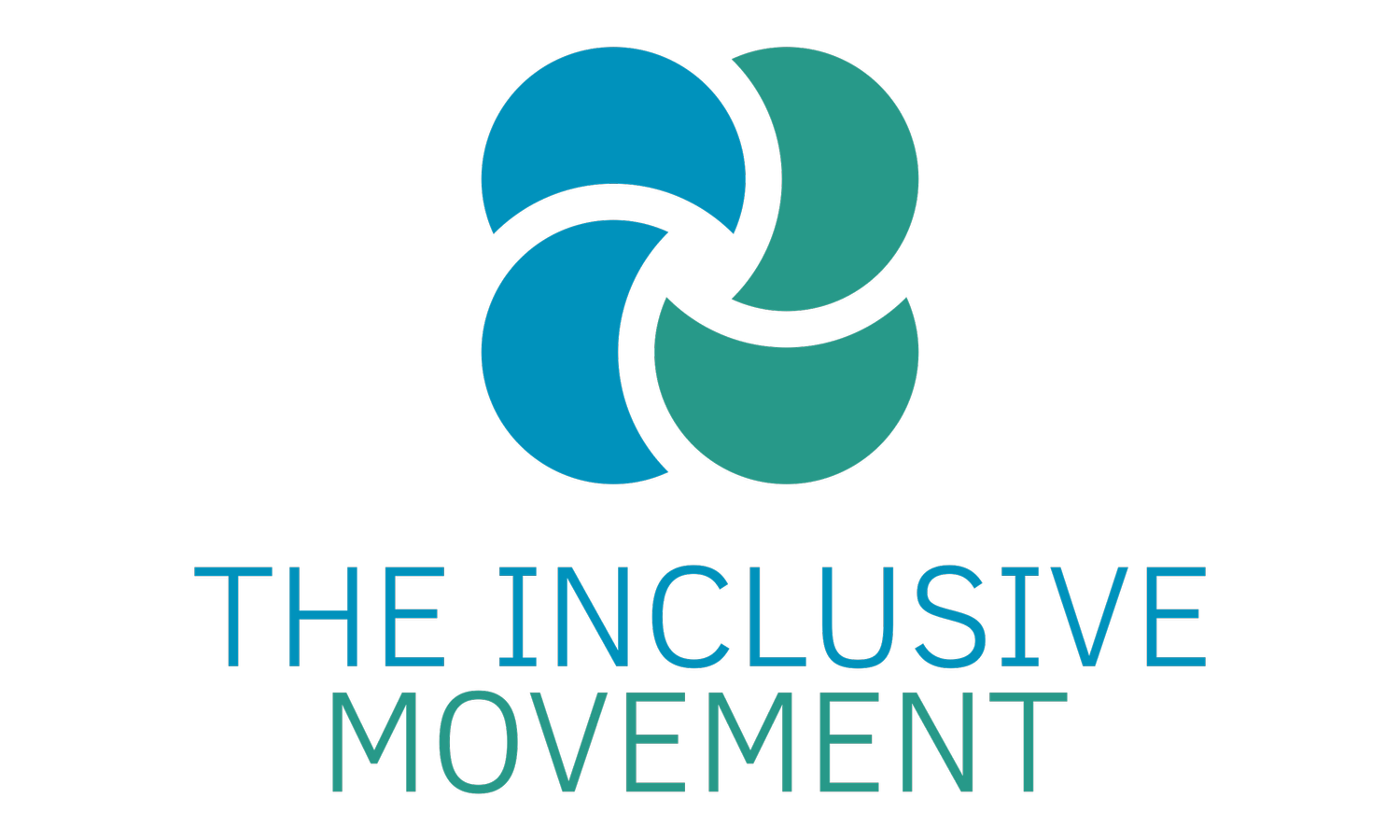What Is Functional Capacity — And Why Does It Matter?
What Is Functional Capacity?
You might hear the term functional capacity when talking about the NDIS, therapy, or disability supports. But what does it actually mean?
Put simply, functional capacity is how you manage everyday activities — like communicating, learning, moving around, or looking after yourself.
It’s a way of understanding what you can do independently, where you might need support, and what could help you take part more fully in everyday life.
Diagnosis vs Functional Capacity: What’s the Difference?
A common misunderstanding is thinking a diagnosis automatically explains what supports a person needs.
Here’s the difference:
Diagnosis is the medical label (e.g., Autism, Intellectual Disability).
Functional capacity describes how that condition impacts your daily life.
For example: Two people with the same diagnosis may have completely different communication needs, sensory experiences, or support levels.
Functional capacity gives the fuller picture — one that’s tailored to the individual, not just the label.
Areas of Functional Capacity
The NDIS uses six key areas to understand functional capacity:
Mobility
How you move around your home and community (walking, wheelchairs, public transport).Communication
How you express yourself and understand others — including verbal language, AAC, signs, or devices.Social Interaction
How you connect with others, build relationships, and manage social situations or emotions.Learning
How you understand and apply new information, follow routines, or manage executive functioning.Self-Care
How you manage personal needs like showering, dressing, eating, or emotional regulation.Self-Management
How you make decisions, organise your day, manage money, or attend appointments.
Some people may also need support with sensory regulation, mental health, or emotional wellbeing, which are important to include in any reports or assessments.
What Should Be in a Functional Capacity Report?
Functional capacity reports are often used for:
NDIS applications and plan reviews
School support plans
Workplace or community access needs
A good report should include:
✅ A person-centered introduction
✅ Strengths, interests, and preferences
✅ Clear examples of what supports are needed (and why)
✅ Real-life impact across the six domains
✅ How support changes participation
✅ Recommendations that link back to goals and outcomes
Avoid terms like “refuses” or “non-compliant”. Instead, explain the why:
Instead of: “Jordan refuses to attend group activities.”
Try: “Jordan experiences sensory overwhelm in large groups and benefits from smaller, supported social settings.”
Need help gathering reports? We can help with functional capacity assessments and report coordination →
Why Functional Capacity Matters
Understanding and describing functional capacity:
Helps match the right support to the right need
Puts the individual at the center of support planning
Shifts the focus from diagnosis to real-world access and participation
Makes sure plans and funding reflect everyday life — not just paperwork
This is especially important for people who experience invisible disabilities, communication differences, or dynamic support needs.
Additional Resources
NDIS Functional Capacity Guidelines (NDIS Website) →
Understanding Functional Impact – Visual Guide (PDF) →
NDIS Glossary – Grow Therapy Services →
A Functional Needs Checklist for Planning Meetings - Parents Guide→
Need Support?
We offer a range of supports to help you navigate functional capacity reporting and disability support planning:
NDIS access and plan review support
Functional capacity assessments
Neuroaffirming and person-centred training
Advocacy and community navigation
Contact us here to get started →
Or explore our online training platform:
🎓 Inclusive Training Hub
Empowering individuals, families, and communities through education, advocacy, and inclusion.
💙 The Inclusive Movement
